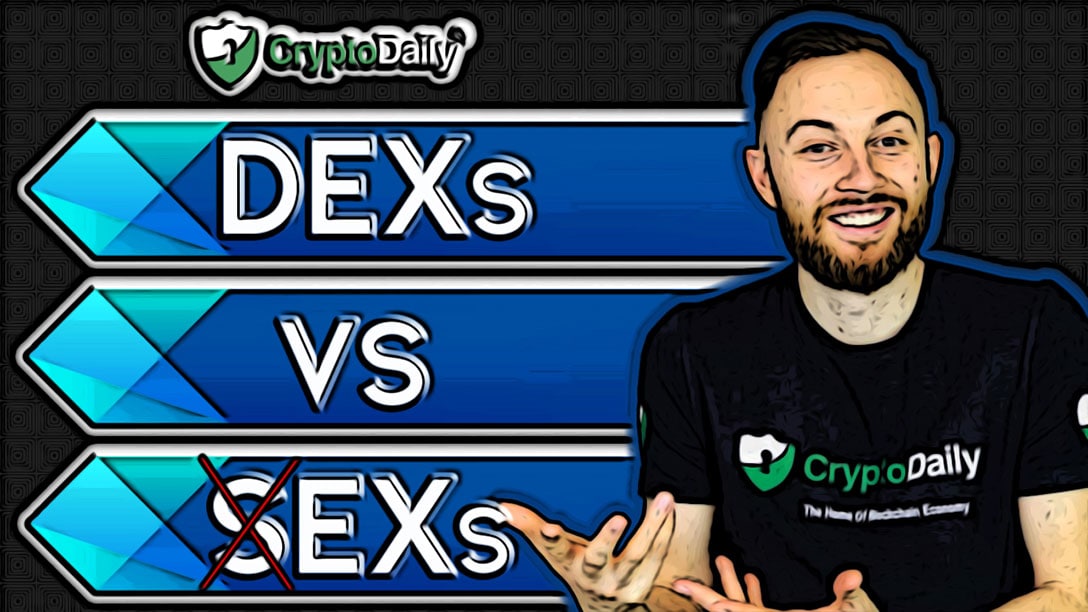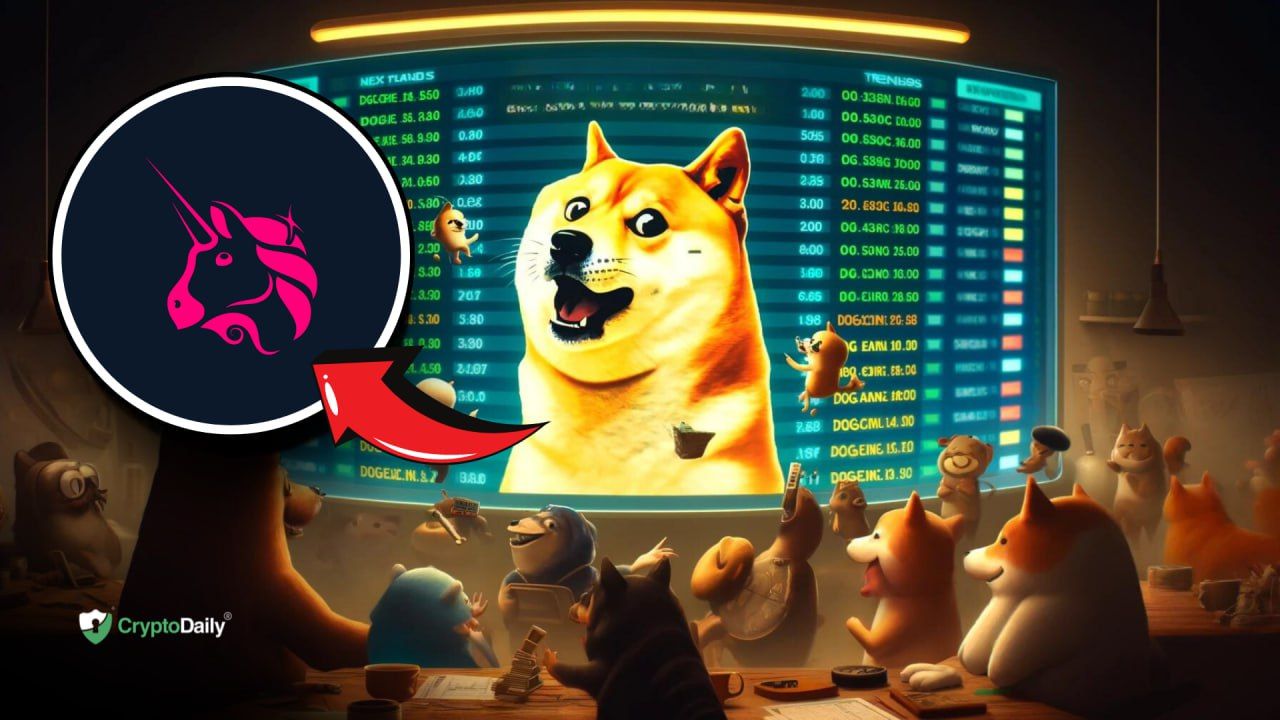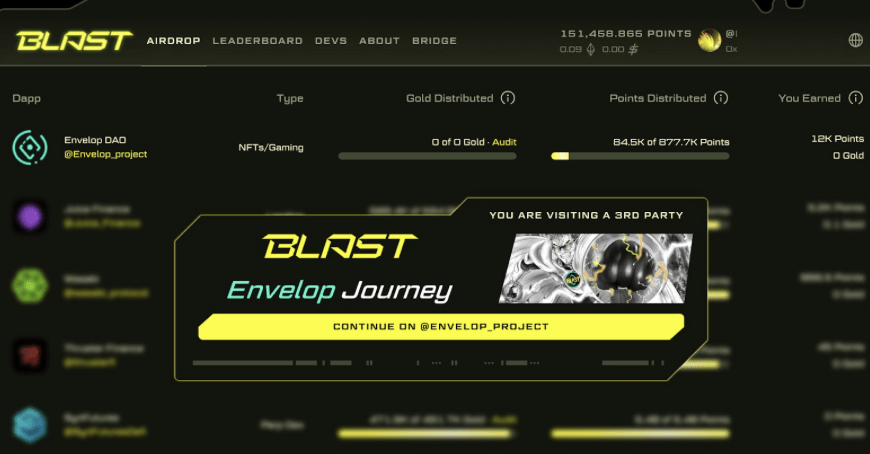For us involved in the crypto space, we’ve all heard of decentralised exchanges. They are an interesting and promising part of the ecosystem for the industry. Over the past ten years, millions upon millions have been stolen from centralised cryptocurrency exchanges. If we take a look at the infamous Mt. Gox exchange hack, six percent of all the Bitcoins in existence were stolen. A lot of significant figures in the industry have ganged up against centralised exchanges, with the Ethereum co-founder Vitalik Buterin stating that he hopes “centralised exchanges go burn in hell as much as possible” and one of the cryptos pioneers, Nick Szabo calling trusted third parties “security holes”. In fact, the will to move away from the trust-based model is a founding principle of Bitcoin according to BTC’s whitepaper.
The solution to all the glaring flaws of centralised exchanges has been seen as decentralised exchanges which offer a trustless process for virtual asset deposits. Even so, three years after the initial start of them, the volume of cryptocurrencies traded on decentralised exchanges is currently less than one percent of that reported to be traded on centralised exchanges according to Hackernoon.
Throughout this article, we’re going to give an overview of the state of decentralised exchanges on the Ethereum network.
DEX
Decentralised exchanges are something that isn’t fully agreed-upon between crypto enthusiasts and industry leaders. The idea of decentralisation is something that is best regarded as a spectrum.
As Stephan Boguslavsky writes for Hackernoon:
“If we consider the core functions of exchanges to be capital deposits, order books, order matching and asset exchange, then few exchanges which are commonly deemed ‘decentralised’ decentralise all four aspects. However, the majority of ‘DEXs’ decentralise capital deposits.”
Ethereum Network
There are at least four dozen different protocols currently in use by operating decentralised exchanges and around a hundred protocols.
There’s certain terminology when it comes to DEXs such as the following:
- “Market Maker: a user who places an order (a limit order) in the orderbook for someone else to take
- Market Taker: a user who takes the market maker’s order (through an instant order)
- Off-chain orderbooks: limit orders placed by users are kept off the blockchain
- On-chain order-matching: limit orders and instant orders are matched on the blockchain
- On-chain settlement: the exchange of tokens is settled on the blockchain, rather than by an off-chain ‘I-owe-you’ basis, which occurs on centralised exchanges”
When it comes to the Ethereum network, DEX’s can be divided into the following categories:
“Off-chain protocol/0x protocol: protocols with on-chain settlement, on-chain order-matching and off-chain orderbooks
Includes 0x protocol and relayers using the 0x protocol (e.g. Radar Relay)
Also includes EtherDelta/ForkDelta and exchanges which use similar smart contracts (such as token.store)
Fully on-chain: On-chain settlement, on-chain order-matching and on-chain orderbooks
Oasis DEX
Semi-decentralised/hybrid exchanges: on-chain settlement, off-chain order-matching and off-chain orderbooks
IDEX, DEx.top, DDEX, Bithumb DEX
Liquidity pools: on-chain settlement, but trades are not peer to peer, but between traders and a liquidity pool
Bancor, Kyber Network”
Issues that DEXs Face
Despite all this, DEXs aren’t perfect and they do face some issues but here are the main two:
Usability
When it comes to trading volume, centralised exchanges like Binance destroy DEXs in terms of trading volume of ERC20 tokens. This is mainly down to traders currently preferring the simplicity and speed of off-chain trading to security.
For beginners, DEXs aren’t that easy to use. Some of the exchanges lack the automatic order-matching and have relatively complicated ways of depositing to the smart contract such as wrapping ETH
Single-blockchain
There is a reason as to why only a small fraction of cryptocurrency is traded on DEXs. The main reason is that simple to use DEXs only offer trade on one blockchain with most of the top ten cryptocurrency pairs like BTC and ETH not able to be traded on user-friendly DEXs.
Conclusion
Decentralised exchanges are much needed for the secure trading of digital currencies. By their very nature, centralised exchanges have one huge flaw and that is human error.
The Ethereum network has a variety of DEXs built on it with differing architectures. Even so, fully trustless exchanges on the Ethereum network lose out to centralised exchanges when it comes to the functionality of the EOS network.
In the end, trustless exchanges are yet to facilitate cross-chain exchanges in a user-friendly fashion.
Investment Disclaimer








